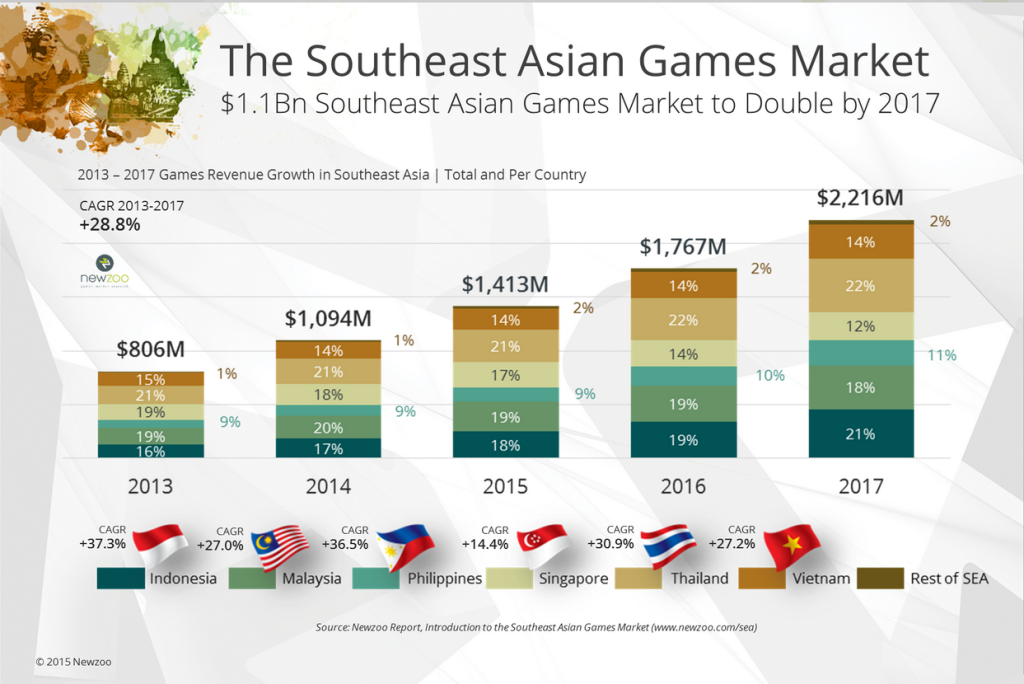This week, we’re glad to present to you Anthony Cardinale, a French indie developer and Unity specialist. He has released over 30 games on the Play Store and the App Store, many of which have more than a million downloads.
Today he’s releasing his book: « Creating games with Unity from A to Z » (in French), and he’s happy to share his thoughts on mobile development and gaming here. Please welcome Anthony :)
Can you tell us a bit more about yourself and how you became a game developer?
I have been passionate about video game development since I was a kid, and I’ve always wanted to create my own games. It’s not always easy to start as a developer, but thanks to my studies and new tools like Unity 3D, I’ve been able to fulfil my dream. This software gave many indie developers a chance to create multiplatform games at lower costs.
You are a Unity expert and enthusiast, how did this game engine become your favourite?
I discovered Unity in 2008 when they released its 3rd version. This version hurt its competitors because it was delivering a truly powerful and free tool. The new versions brought even more features to the software which is, in my opinion, the best compromise of the market. The community is gigantic, there are many resources, well-written documentation, and handling it comes naturally. Unity is available to all and anyone can start developing quality games without any difficulty. I’ve never found such ease with the other engines.
AB: You’re even releasing a book about Unity game development, can you tell us a bit more about it?
I’ve always loved sharing my passion through video tutorials on miscellaneous platforms such as Youtube. In recent years, people have been training themselves with my videos, I wanted to offer a new way to learn, and writing a book seemed like an excellent alternative to video. Books offer the readers the advantage of being held while coding without having to pause a video every 30 seconds.
This book allows the reader to learn how to create games with Unity and to go even further: monetization, maintaining and updating your game… This book answers all the questions you could have when you start creating a video game with Unity.
What is your most successful game? What do the players love about it?
I developed several games with various thematics in order to find what the players were looking for. It turns out that my most successful game is the quite violent « Doll Dismount Origins » in which the player pushes a puppet to make him fall down. He gains points relatives to the damages taken by the puppet. The game is available on Android and iOS.
How did you learn about AdBuddiz, and what is your experience with us so far?
When you’re publishing an app, you can’t help but ask yourself: « How can I monetize my game ? ». I had the chance to discuss with a consultant from Google several times, and he told me the best way to make money with a game is to offer it for free on the stores. Indeed, 95% of the games are free. The usual way of monetizing a free game is to display ads within it, and that’s when AdBuddiz comes in. AdBuddiz is a excellent mobile ad network for several reasons:
- The SDK is very easy to integrate.
- The quality of the ads
- The documentation and example APK
- Great customer service
Thus, I chose AdBuddiz to display ads in my Android and iOS games. The revenues generated up until now are more than decent and it’s enough to talk about a small success for an indie developer.
How do you monetize your games?
I’m mostly relying on ads. I decided to stop publishing paid games because it is not the best strategy anymore (at least for indie developers or small studios). So, I display ads in my game, between two levels for example. I also tried in-app purchases in order to offer bonuses to players who like the game.
What is the game that started it all for you, and what do you think mobile development and gaming will be like in 5-10 years?
The most successful game was also the one that allowed me to discover the potential of the market: « Doll Dismount ». That game gave me the means to finance several projects afterwards.
The mobile market is evolving very quickly, and I think that in a few years it will be totally different from today. Smart watches are coming to the market, along with virtual reality devices compatible with our smartphones… And virtual reality is growing as well… What is sure is that players will always ask for more, and they need even more sensations, immersion and features.
Would you like to add anything? :)
I hope that the indie developers community will keep growing and that my book will help people embark on creating video games with Unity. I also wish a prosperous future to AdBuddiz, which helps developers to make a living out of their passion and create even more original new games.
Anthony’s book « Creating games with Unity from A to Z » is for now only available in French. You can find it here: http://www.d-booker.fr/unity3d/250-concevez-vos-jeux-de-a-a-z.html

 Be mindful also of where you place your first ad. From our experience, we know that 75% (or more) of the advertisers app installs are made by the first 3 ads shown. Our algorithm also ensures that the ads that are shown first are the ads with the closest match to your app, so that the chances of generating an install are highest.
Be mindful also of where you place your first ad. From our experience, we know that 75% (or more) of the advertisers app installs are made by the first 3 ads shown. Our algorithm also ensures that the ads that are shown first are the ads with the closest match to your app, so that the chances of generating an install are highest.